This post may contain affiliate links from products and services we love and trust.
The DSLR camera we use to shoot food photography plays an important role in capturing beautiful images.
It’s a common question. What DSLR cameras for food photography are the best? And what should I buy?
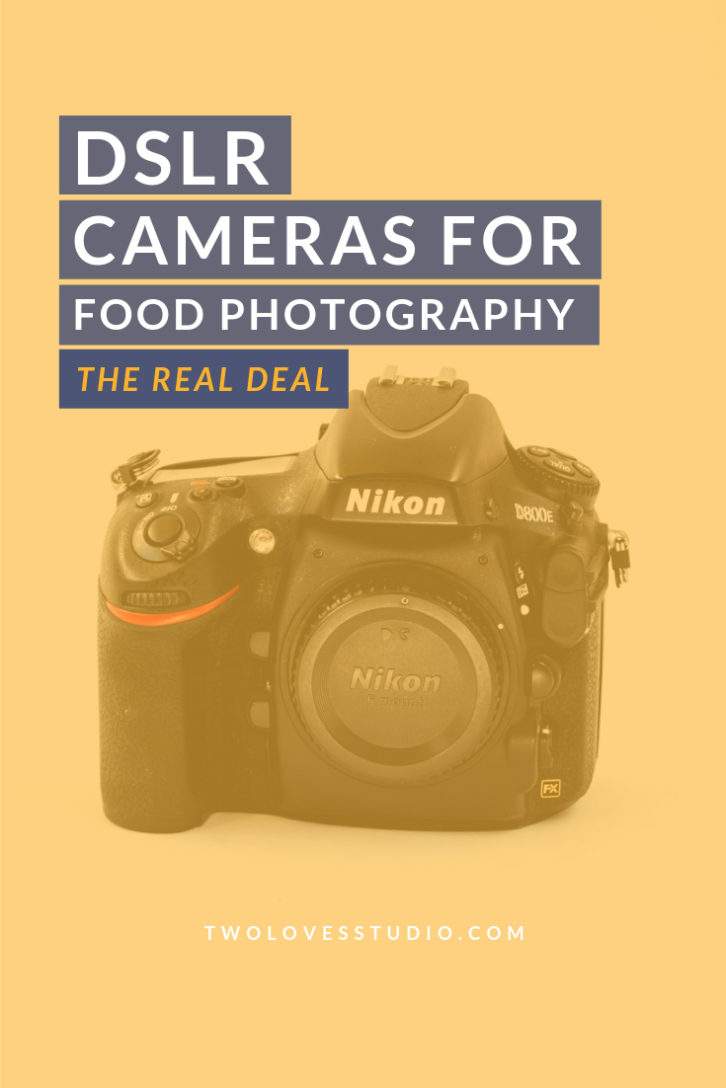
As a beginner, the question that you should be asking yourself is:
How do I use the dslr camera I have?
To be a great photographer it’s equal parts:
- Knowing your dslr camera and settings
- Taming Light
- Strong food cooking and styling skills
- Interesting composition and mood creation
So as you can see, if you have the best dslr camera on the market, it won’t help you.
What will help you is knowing how to use it.
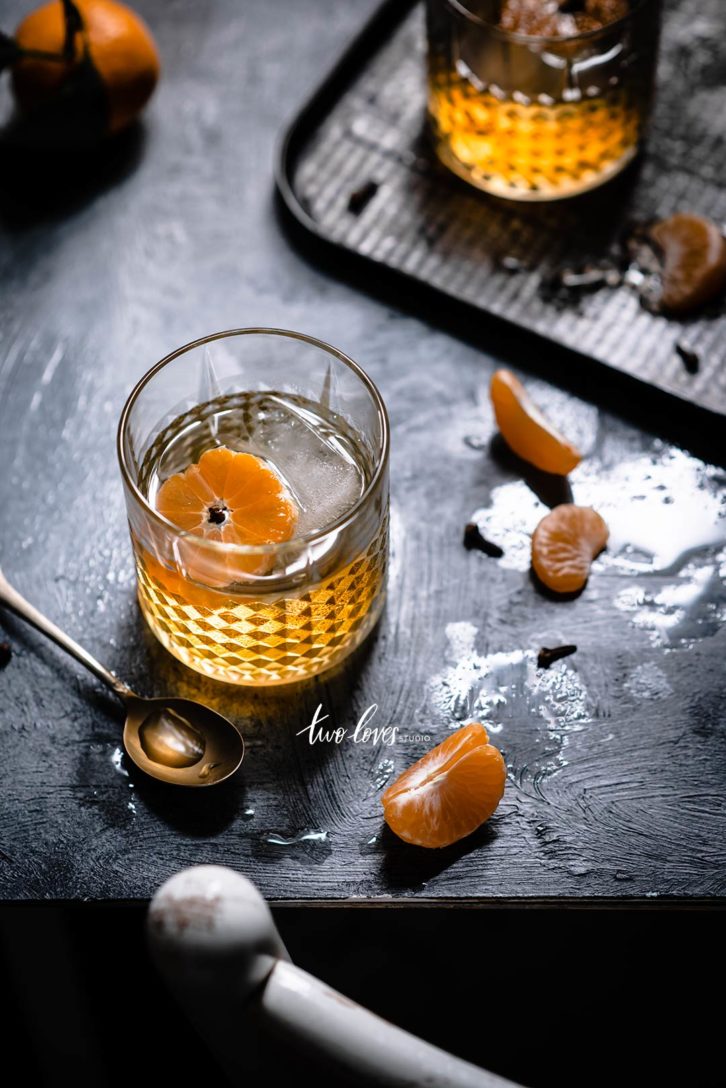
What is a DLSR camera?
There are a couple of different types of camera.
Point and shoot, or compact cameras. DSLR cameras, mirrorless and medium format to name a few.
A DSLR stands for Digital Single Lens Reflex.
They typically have a through the lens viewfinder and allow for interchangeable lenses. Larger sensors for better image quality and allow for better manual operation and control.
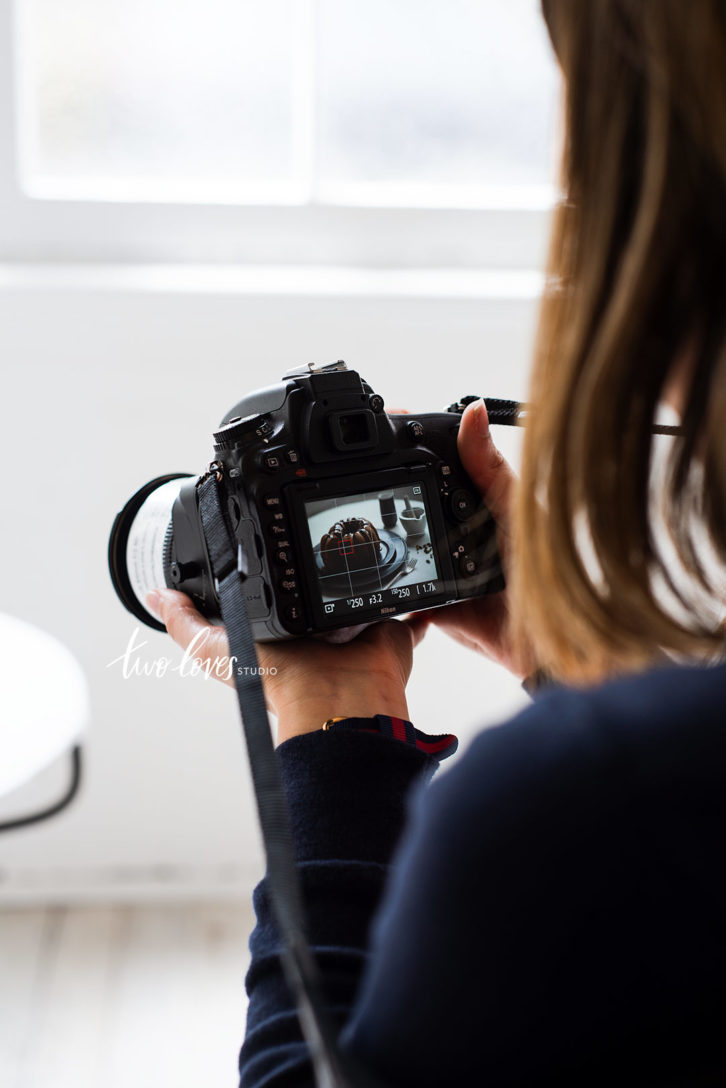
What are the best DSLR cameras for food photography?
This is a hard question to ask because makes and models are always changing. Any specific models listed will eventually be obsolete.
But what won’t change is the basics of what you need from a camera. The best thing I can do is empower you to ask the right questions and know what you actually need.
Any of the big brands will make great dslr cameras that you can use for your food photography. That’s Canon, Nikon, and Sony.
And I’d like to explore that a little more with you. You can also read this article on best camera for food photography.
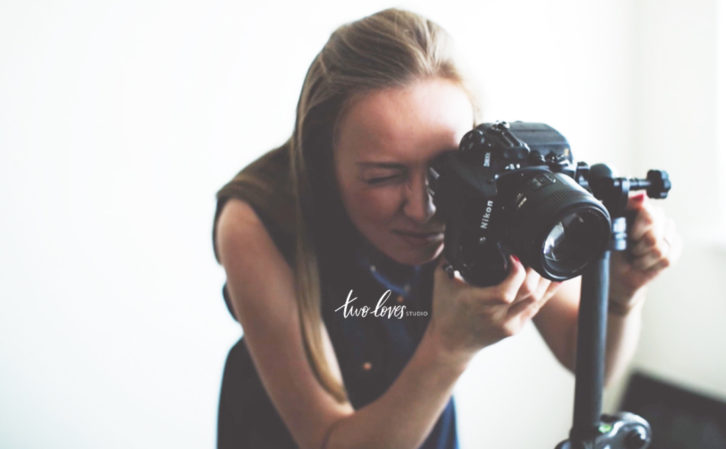
Stick With The Big Brands
It’s best to stick with the big brands of dslr camera makers.
And the reason is that you want a manufacturer that’s in it for the long haul. You will invest some serious money into photography gear.
The last thing that you want is for a company to go belly-up and stop producing bodies and lenses. It’s an expensive exercise to replace your gear.
With the bigger brands, you’ll have more choice and know that you can buy new models in decades to come.
It’s also a good idea to decide which brand of dslr camera you want to stick it out with.
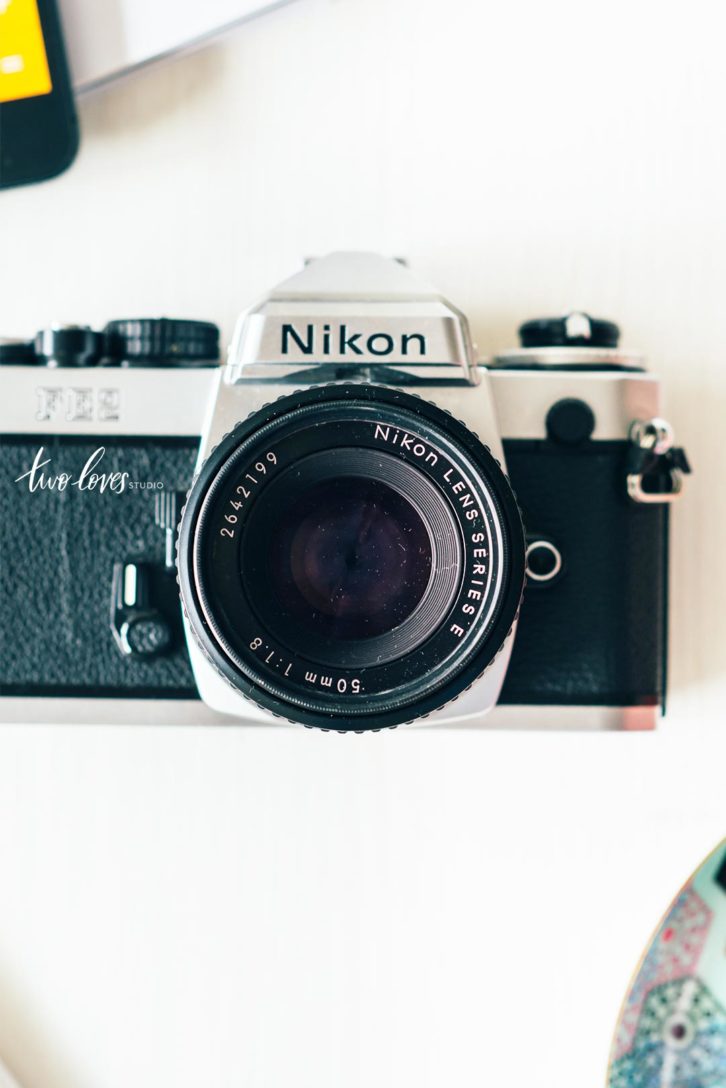
What Does Your DSLR Camera Need?
I’ve written a comprehensive post here on 10 tips to think about when looking to purchase any DSLR cameras for food photography.
Here is a summary list of requirements.
- Ability to interchange lenses
- Access to manual settings
- Have the ability to tether
- Has more than one slot for storage, where possible
- Isn’t crazy heavy
- Full frame if cost is not a barrier
- One you can afford
And you may feel like this is any entry-level DSLR camera on the market. Which you’d be right.
If that’s the one you already have, then perfect. Stick with it.
Knowing your dslr camera’s limitations is important too. It helps you decide what gear to buy and upgrade.
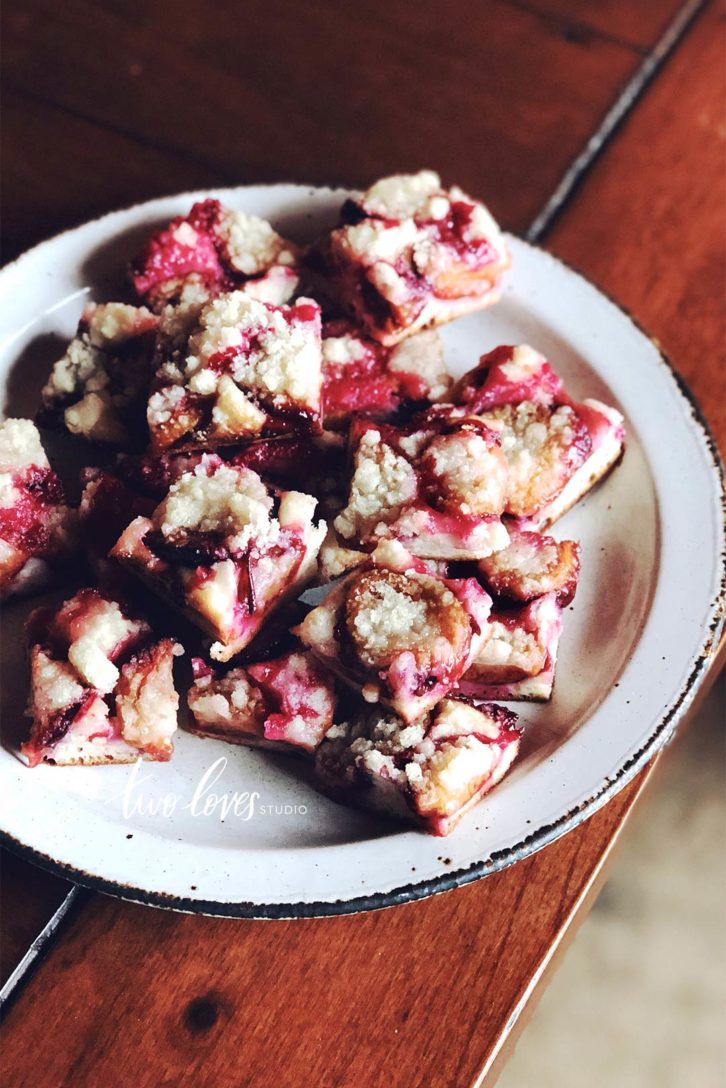
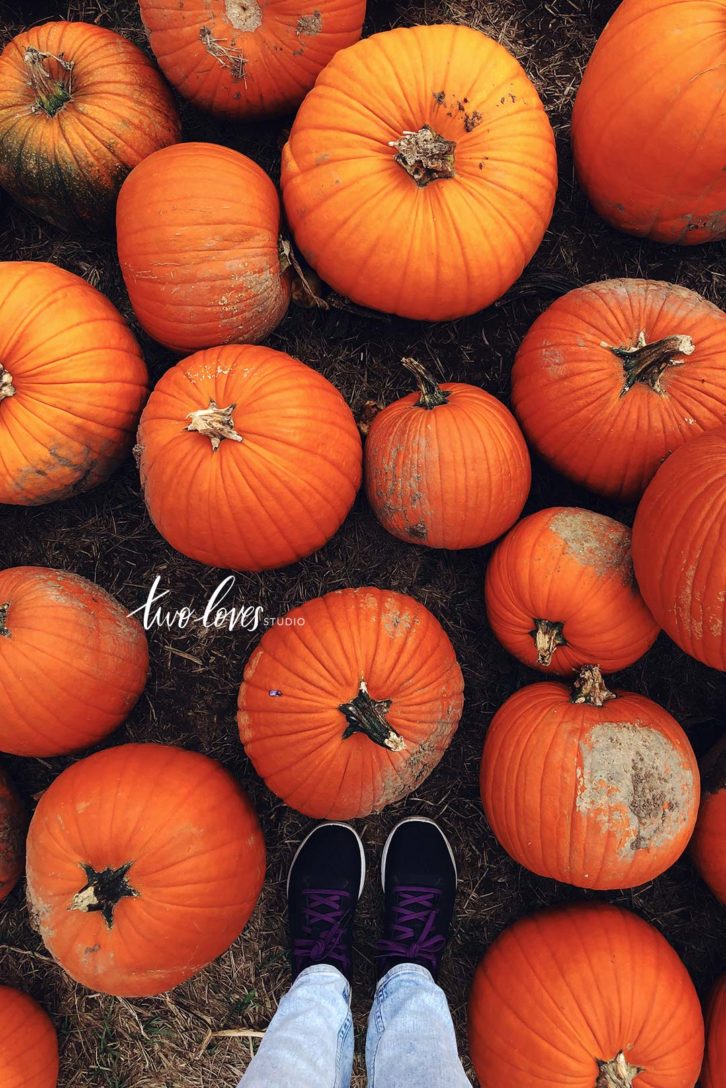
Why do you need a DSLR instead of a smartphone?
Smartphones are amazing, but they aren’t DSLR cameras.
We don’t have as much control with a smartphone as we do with a DSLR.
In the beginning, it’s totally ok to shoot with your smartphone.
At this point, we still need to learn how to manipulate light. We still need to know how to cook amazing food and style.
I do believe that the best DSLR camera is the one you have access to. So you can totally get started with your smartphone.
There will come a time though that you will want more control and that comes with a DSLR camera.
The ability to change your depth of field or your aperture helps to create style.
Different focal length of your lenses will help you to capture those gorgeous angles we see in magazines.
Being able to shoot on manual will give you full control of what you capture.
Now, it’s entirely possible that smartphones may get even better. They can already do some of these things but not to the same degree.
So in the long run, you’ll want to have a DSLR camera for food photography.
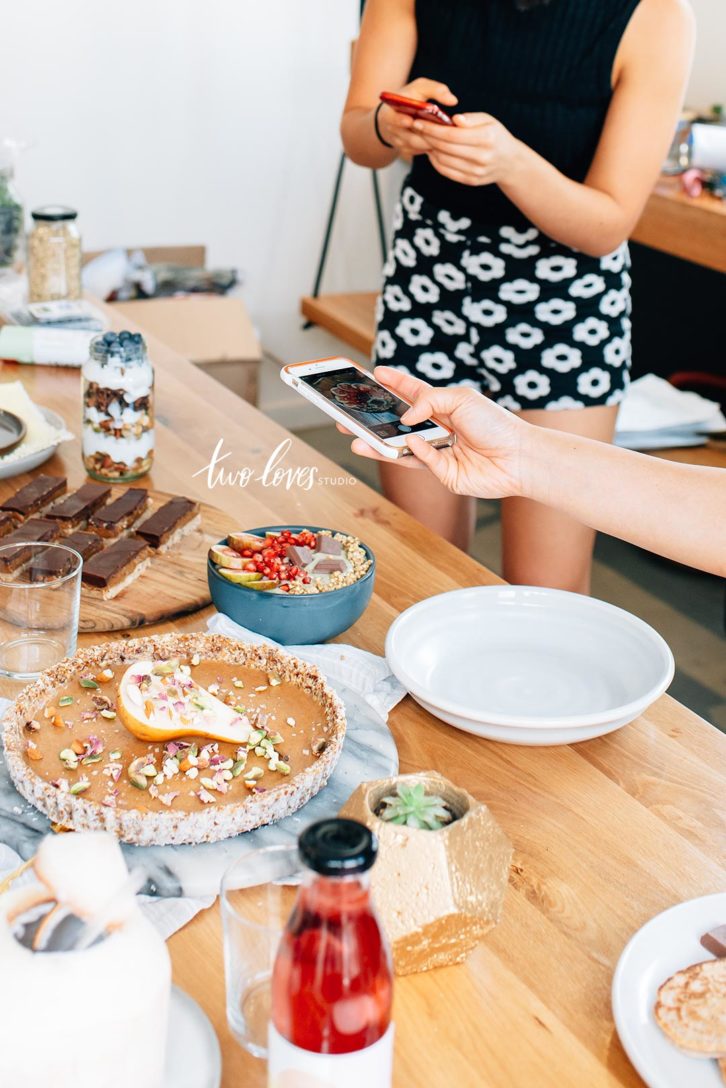
Save Your Money, Borrow A Camera
If you’re new to this crazy little thing called food photography, then I want to tell you this.
It’s totally ok to borrow a camera. Either renting one or borrowing one from a friend.
When I first started in food photography, I borrowed my dad’s cropped sensor DSLR. And I used it for at least a year. Then I bought it from him.
It was years before I had the pleasure of unboxing a brand new camera.
And there’s the proof that it’s as much about your creativity as it is about the camera.
One thing that most new photographers don’t know is that you will likely upgrade your camera a couple of times throughout your journey.
Your lenses, however, they will stay with you. So being able to invest in the best lenses you can afford is always a smart idea.
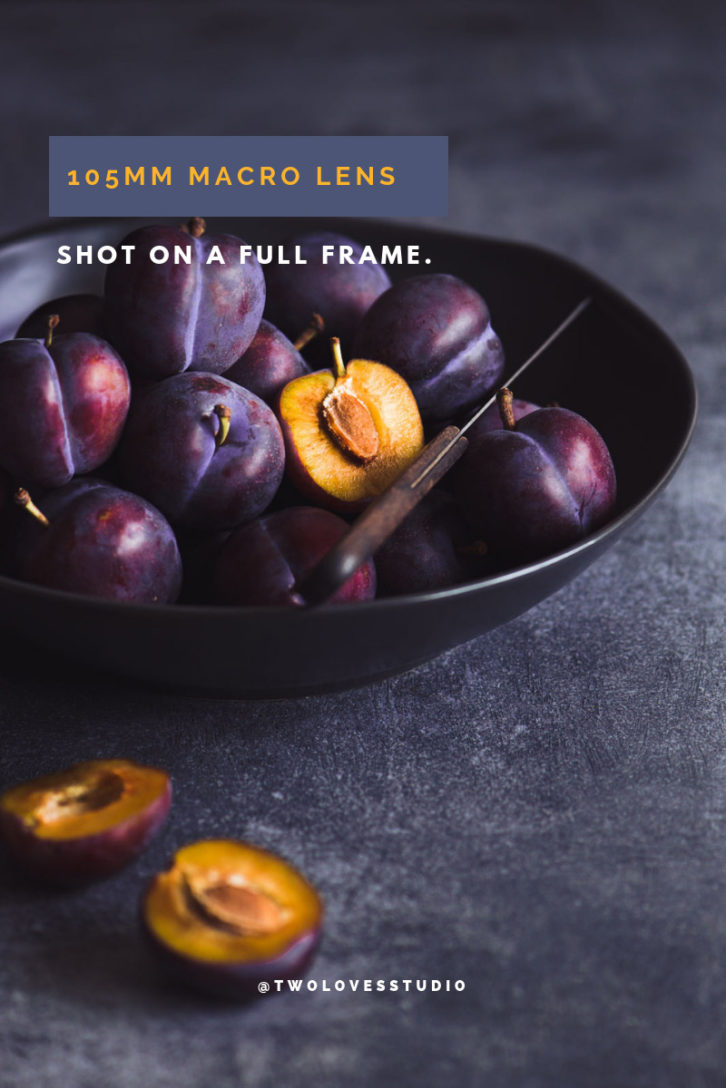
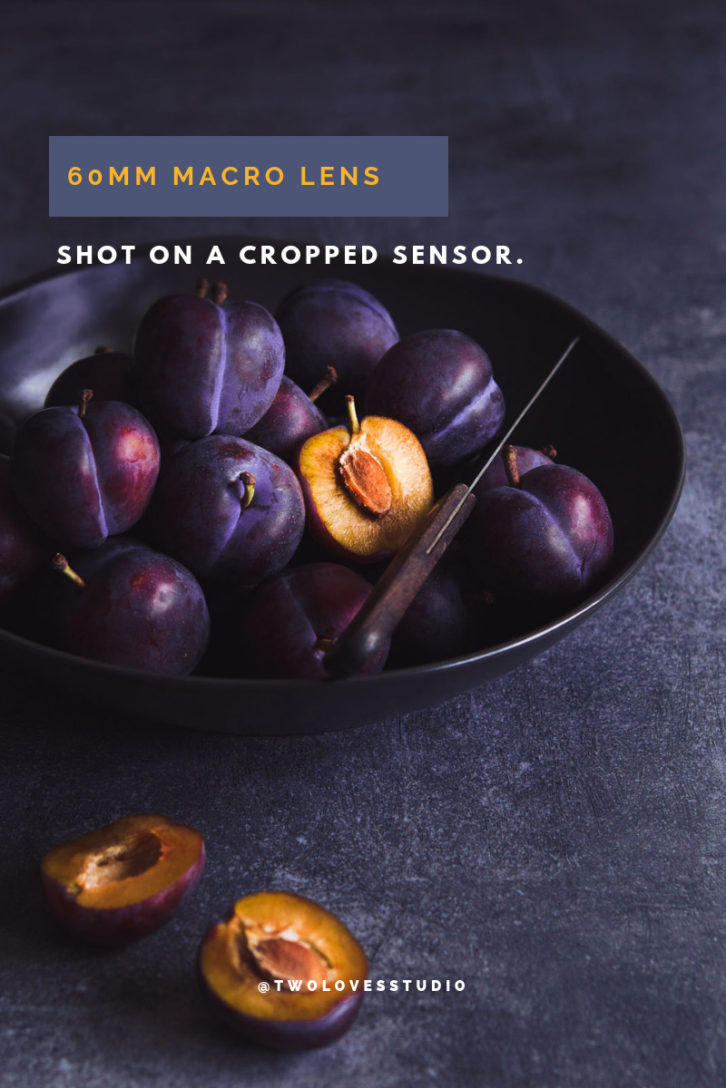
Compare my full frame to my dad’s old cropped sensor. Sometimes more expensive isn’t better. Read more about my macro lens comparison here.
How much should you spend?
Will depend on what type of DSLR camera you are going to buy of course. But my advice would be to have enough to get you a good lens as well. Which is likely going to be between $500-$1,000.
For a decent entry-level camera, you’re looking at around $400-$800 depending on how your currency is trading against the greenback.
So it’s better to save your pennies and get a good combination and borrow a camera whilst you save.
You Take The Photos!
DSLR cameras are simply the medium in which we can capture images. They still entirely rely on us being able to program them.
I am a big believer in that it is we, the artist, who takes photos. Not our cameras.
It’s true to say that our gear will limit us in some capacity. But, the point I am trying to make is that having the best and most expensive DSLR camera won’t solve your problems.
You solve the problems.
And photography is all about problem-solving.
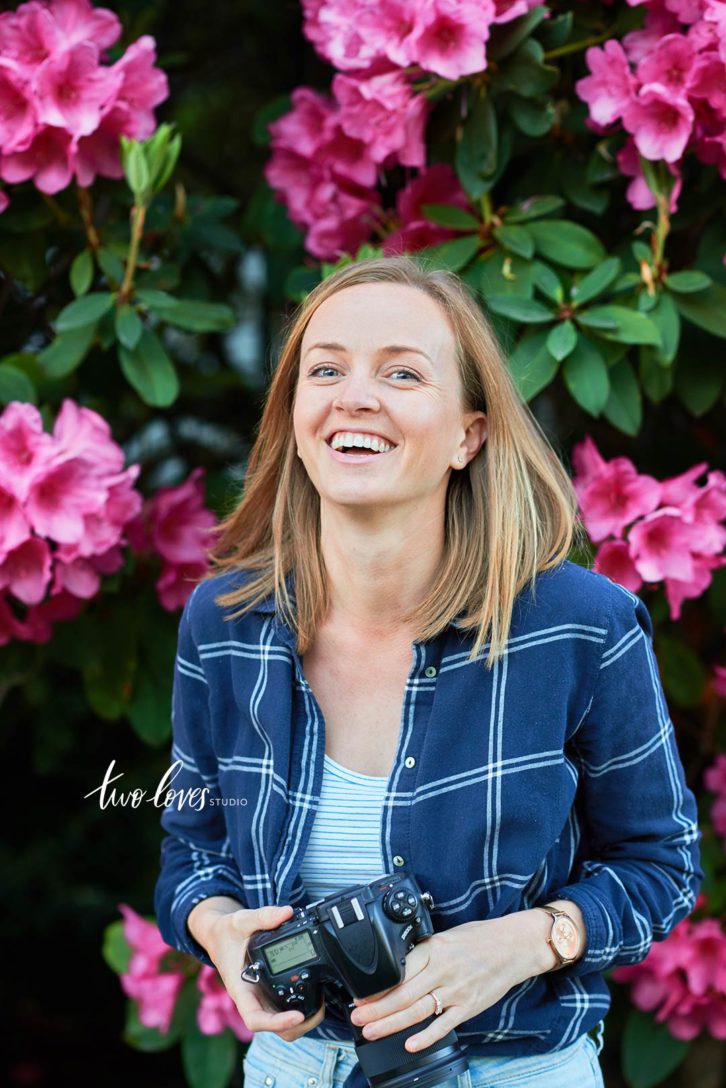
The Recap
In a nutshell, here are the takeaways from this post:
- When deciding which DSLR camera to go with, stick with the big brands.
- Most entry-level cameras are good enough at the beginning.
- You want your camera to be able to shoot in manual and the ability to interchange lenses as a must.
- Smartphones are great, but they are limited in terms of what a DSLR can do.
- It’s totally ok to borrow a camera when you first start out and save your money for something good.
- For an entry-level DSLR camera, you’re looking at around $400-$800.
- Photography is problem-solving, so you take the photo as much as the camera does.
Lesson Activity
There is going to be an element of ‘Googling’ in this activity.
Depending on when you read this, there will be completely different options on the market for entry-level DSLR cameras.
As there are entire blogs out there dedicated to writing reviews for new cameras. Reading the pros and cons of each model is the best way to help you decide what’s right for you.
- Spend some time on Google finding reviews about entry-level DSLRs.
- Write down their approximate cost and start saving!
If you’re taking Photography Fundamentals 101, click here for your next lesson.
Two Loves Studio was not paid to write this post, however, it may contain affiliate links. If you purchase an item from an affiliate link, we do get a commission on the sale which helps us run this site. Only affiliates for products/services we believe in appear on this site.

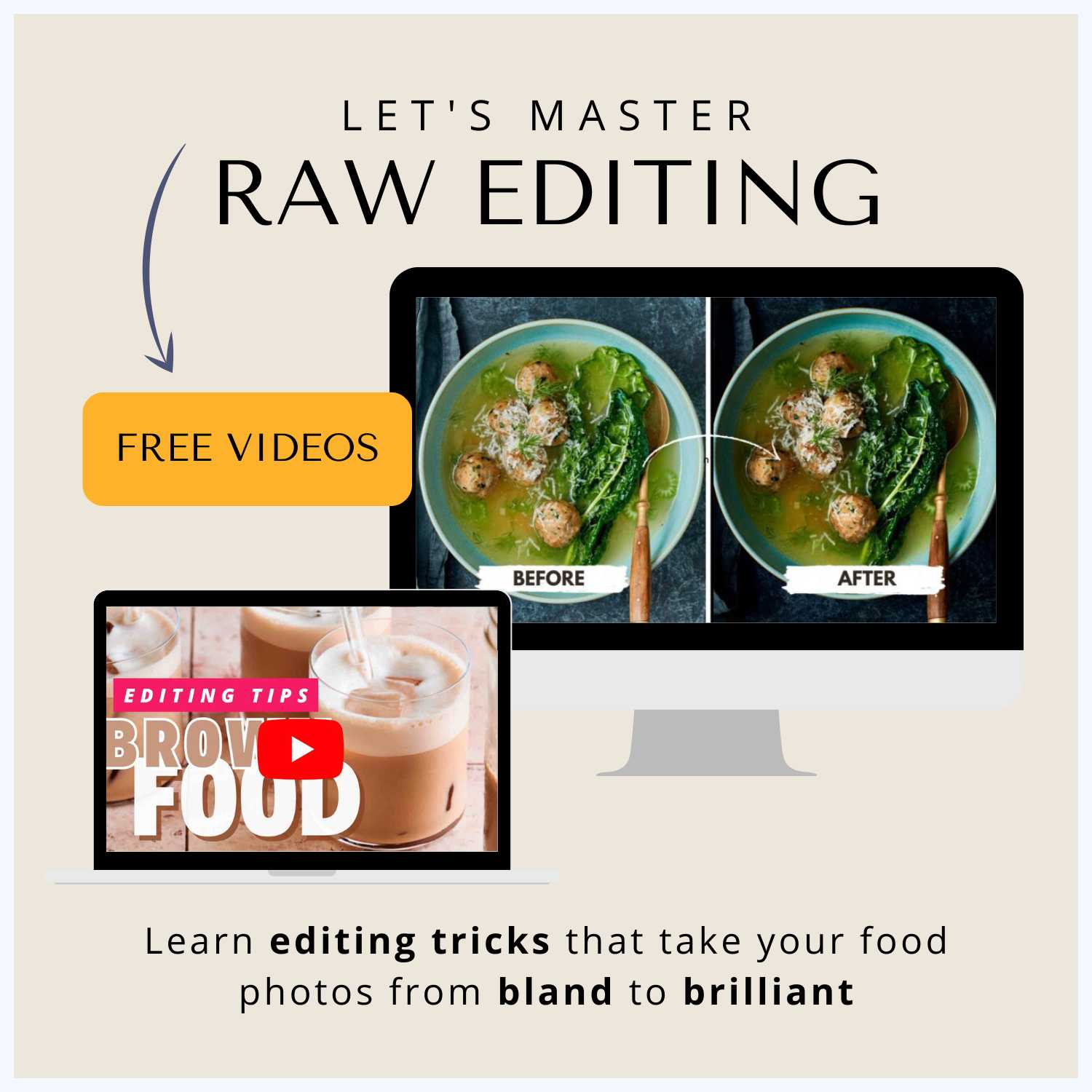
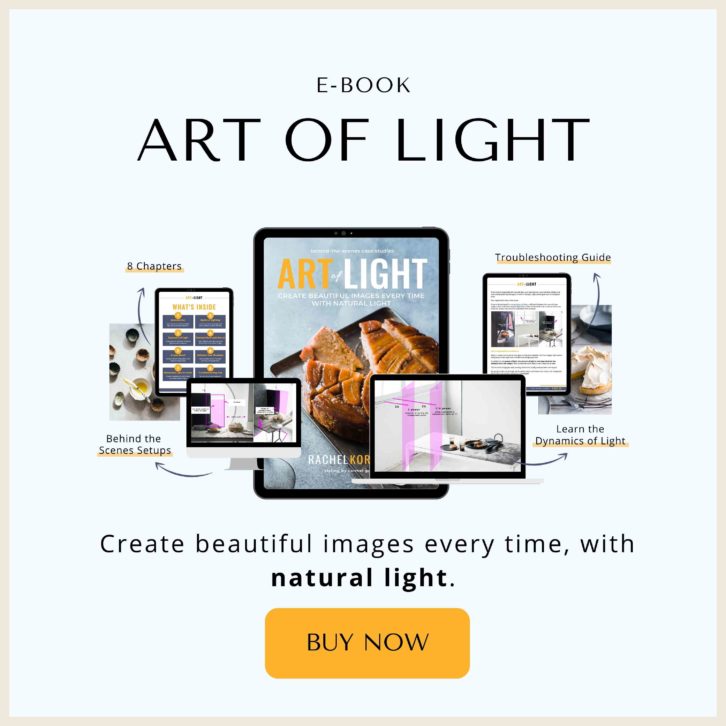


Meg Raines
HI Rachel! On the camera subject… I am have been doing some research lately on the mirrorless camera because many pros are jumping over, as you know. I would love to hear your, and Mat’s, opinion on that subject? Is seems like this is another film-to-digital type of transition. Is the mirrorless THAT much better in photo quality or is it a matter of not being able to get updated gear for our DSLRs? And should we do it sooner than later so our DSLR gear is still sell-able? If you already have weighed in on this on a thread somewhere, just let me know and I will search for it. Thanks!! Meg
Rachel Korinek
Such a great idea Meg! I would love to share some thoughts on the subject in a post 🙂
James West-Sadler
Any recommendation on flash set up or filters when photographing food with a dslr?
Is the camera flash generally ok to use or do we need more of a diffused lighting scenario?
Also should I use a polarizer?
Thanks,
James.
Rachel Korinek
Hi James! I recommend getting an off-camera flash for food photography as it’s best not to have the flash coming straight at the food. Unless you’re trying to capture a 90’s polaroid vibe. It’s ideal if you want to re-create window light to be able to have an off camera flash in which you can manipulate. There are a few posts on lighting on the blog that you can check out and see what others are doing. I did a simple one light tutorial that you can check out here:https://twolovesstudio.com/blog/one-light-photography-setup-black-forest-cupcake/ . I do use a more expensive brand of flash, but the modifier is very important and you can use a Speedlite too for something like this. Hope that helps!